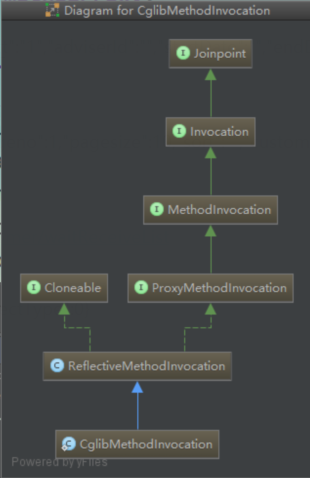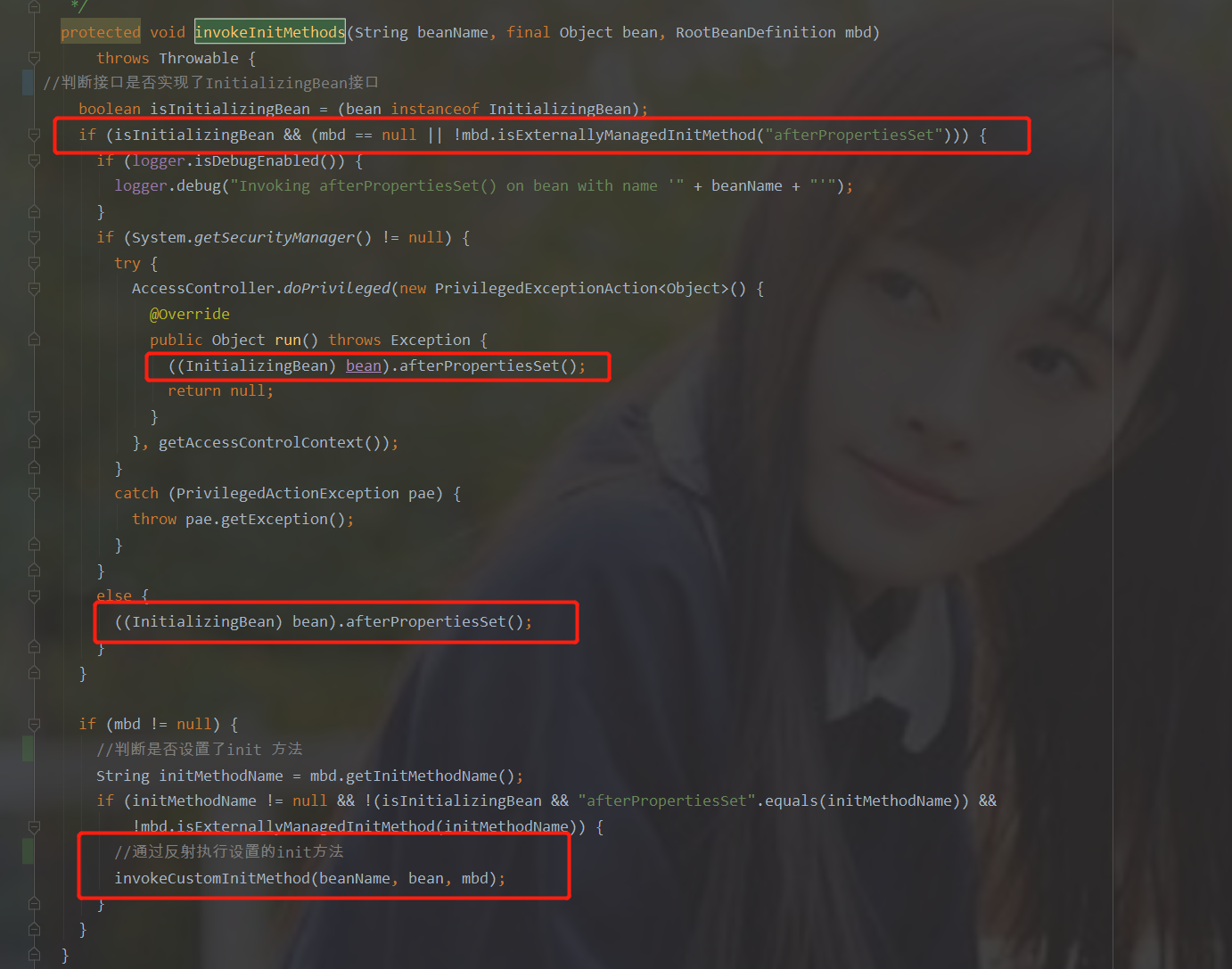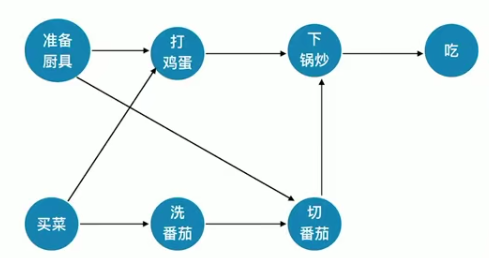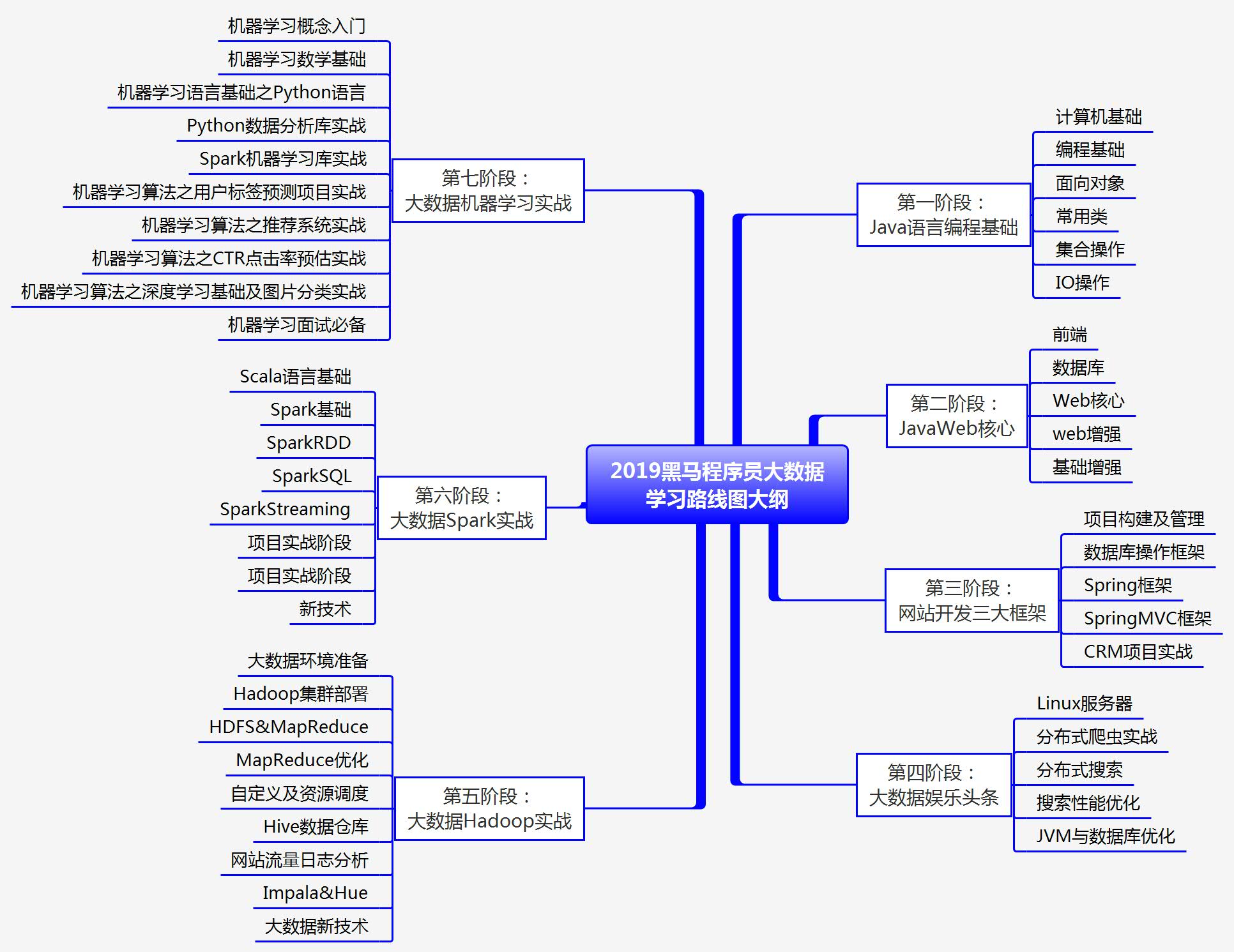Spring Aspect 调用过程
主要想了解一下Spring中如何通过切面去动态在方法前后切入多个切入点去实现的。
需要关注的几个点:
- 切入点和通知是如何去注册的?(后续补充)
- 代理过程中是如何植入这些拦截的?
布置场景
log 日志切入点实现类
/*** 日志切面** @author Liukx* @create 2017-12-14 11:21* @email liukx@elab-plus.com**/public class LogAspect {public LogAspect(){System.out.println("加载==============logAspect");}Logger logger = LoggerFactory.getLogger(LogAspect.class);public void before(JoinPoint point) {logger.info("=============before==================");System.out.println("---------------before---------------");}public void after(JoinPoint point, Object retValue) {logger.info("=============after==================");System.out.println("---------------after---------------");}}
配置文件: spring-service.xml
这里只列举相关的关键配置,其他注解扫描的就没加了
<!-- log 切面类 --><bean id="logAspect" class="com.aop.LogAspect" /><!-- log 的Aop配置 --><aop:config proxy-target-class="true"><aop:aspect ref="logAspect"><aop:before method="before" pointcut="execution(* com.service..*.*(..))"></aop:before><aop:after-returning pointcut="execution(* com.service..*.*(..))" arg-names="point,retValue" returning="retValue" method="after"/></aop:aspect></aop:config>
测试用例:
@Autowired@Qualifier("transactionalService")private ITransactionalService transactionalService;/*** 用于测试事物是否提交** @throws Exception*/@Testpublic void testTransactionalCommit() throws Exception {transactionalService.testQuery();logger.debug("test---------");}
上面的配置就是说 通知com.service包下面的类将会被LogAspect切入,before方法表示方法执行之前切入,after方法在方法之后之后切入
处理流程
我们先看下代理中做了些啥事?
直接debug打到transactionalService.testQuery();看处理的代理是个什么样子的类
CglibAopProxy.class : 这是一个Cglib代理的类,具体看他的拦截方法@Override
public Object intercept(Object proxy, Method method, Object[] args, MethodProxy methodProxy) throws Throwable {Object oldProxy = null;boolean setProxyContext = false;Class<?> targetClass = null;Object target = null;try {if (this.advised.exposeProxy) {// Make invocation available if necessary.oldProxy = AopContext.setCurrentProxy(proxy);setProxyContext = true;}// May be null. Get as late as possible to minimize the time we// "own" the target, in case it comes from a pool...// 这里是获取要执行的目标对象,就是我们的ITransactionalService实现类target = getTarget();if (target != null) {targetClass = target.getClass();}// 这里会获得一个拦截链,也就是一系列的advised对象,相当于设计模式中的责任链模式List<Object> chain = this.advised.getInterceptorsAndDynamicInterceptionAdvice(method, targetClass);Object retVal;// Check whether we only have one InvokerInterceptor: that is,// no real advice, but just reflective invocation of the target.if (chain.isEmpty() && Modifier.isPublic(method.getModifiers())) {// We can skip creating a MethodInvocation: just invoke the target directly.// Note that the final invoker must be an InvokerInterceptor, so we know// it does nothing but a reflective operation on the target, and no hot// swapping or fancy proxying.retVal = methodProxy.invoke(target, args);}else {// We need to create a method invocation...// 创造一个方法调用,也就是具体责任链的执行类// 这个方法里面非常关键,这里执行chain里面的所有代理方法retVal = new CglibMethodInvocation(proxy, target, method, args, targetClass, chain, methodProxy).proceed();}retVal = processReturnType(proxy, target, method, retVal);return retVal;}finally {if (target != null) {releaseTarget(target);}if (setProxyContext) {// Restore old proxy.AopContext.setCurrentProxy(oldProxy);}}}
CglibMethodInvocation类的结构

CglibMethodInvocation类结构
new CglibMethodInvocation(proxy, target, method, args, targetClass, chain, methodProxy).proceed();
CglibMethodInvocation的process()方法其实是委托父类去执行的 也就是ReflectiveMethodInvocation
ReflectiveMethodInvocation类
// 这里只列举关键方法,因为上面已经拿到了代理的chain
public class ReflectiveMethodInvocation implements ProxyMethodInvocation, Cloneable {// 拦截器列表 里面包装的都是advisedprotected final List<?> interceptorsAndDynamicMethodMatchers;// 计数器private int currentInterceptorIndex = -1;@Overridepublic Object proceed() throws Throwable {// We start with an index of -1 and increment early.// 从这里如果大小相等,表示interceptorsAndDynamicMethodMatchers里面的advised已经执行完了.. 就开始执行最终的目标方法if (this.currentInterceptorIndex == this.interceptorsAndDynamicMethodMatchers.size() - 1) {// 执行目标方法return invokeJoinpoint();}// 拿到下一个advisedObject interceptorOrInterceptionAdvice = this.interceptorsAndDynamicMethodMatchers.get(++this.currentInterceptorIndex);// 判断是否是InterceptorAndDynamicMethodMatcher这个类型的,这里不用关注if (interceptorOrInterceptionAdvice instanceof InterceptorAndDynamicMethodMatcher) {// Evaluate dynamic method matcher here: static part will already have// been evaluated and found to match.InterceptorAndDynamicMethodMatcher dm =(InterceptorAndDynamicMethodMatcher) interceptorOrInterceptionAdvice;if (dm.methodMatcher.matches(this.method, this.targetClass, this.arguments)) {return dm.interceptor.invoke(this);}else {// Dynamic matching failed.// Skip this interceptor and invoke the next in the chain.return proceed();}}else {// It's an interceptor, so we just invoke it: The pointcut will have// been evaluated statically before this object was constructed.// 执行这个advised,这里可能是AfterReturningAdviceInterceptor可能是MethodBeforeAdviceInterceptorreturn ((MethodInterceptor) interceptorOrInterceptionAdvice).invoke(this);}}}/*** Implementation of AOP Alliance MethodInvocation used by this AOP proxy.*/// 这个类的目的就是为了执行最终的方法而设定的,具体的拦截链路交给了父类的proceed方法处理,只有当父类的proceed方法执行完毕之后,才会回调这个类的invokeJoinpoint方法private static class CglibMethodInvocation extends ReflectiveMethodInvocation {private final MethodProxy methodProxy;private final boolean publicMethod;public CglibMethodInvocation(Object proxy, Object target, Method method, Object[] arguments,Class<?> targetClass, List<Object> interceptorsAndDynamicMethodMatchers, MethodProxy methodProxy) {super(proxy, target, method, arguments, targetClass, interceptorsAndDynamicMethodMatchers);this.methodProxy = methodProxy;this.publicMethod = Modifier.isPublic(method.getModifiers());}/*** Gives a marginal performance improvement versus using reflection to* invoke the target when invoking public methods.*/@Override// 最终的执行目标方法protected Object invokeJoinpoint() throws Throwable {// 如果执行的目标类的方法是public的,则直接反射调用if (this.publicMethod) {return this.methodProxy.invoke(this.target, this.arguments);}else {// 如果执行的目标方法非public的则会交给父类处理// 父类会调用AopUtils.invokeJoinpointUsingReflection方法// 其实反射的时候设置了method.setAccessible(true);return super.invokeJoinpoint();}}}
我们看下具体的advised对象
- AfterReturningAdviceInterceptor - 目标方法之后执行
MethodBeforeAdviceInterceptor - 目标方法执行
其实这两个方法实现方式是差不多的,都实现了MethodInterceptor接口,只是切入点执行的顺序上做了调整而已public class AfterReturningAdviceInterceptor implements MethodInterceptor, AfterAdvice, Serializable {
private final AfterReturningAdvice advice;
/*** Create a new AfterReturningAdviceInterceptor for the given advice.* @param advice the AfterReturningAdvice to wrap*/public AfterReturningAdviceInterceptor(AfterReturningAdvice advice) {Assert.notNull(advice, "Advice must not be null");this.advice = advice;}@Overridepublic Object invoke(MethodInvocation mi) throws Throwable {// 目标方法,也可以说是责任链对象 因为上面是通过this传递进来的,相当于又执行上面的ReflectiveMethodInvocation的process()方法.去找下一个拦截器这样一个循环Object retVal = mi.proceed();// 后置切入点this.advice.afterReturning(retVal, mi.getMethod(), mi.getArguments(), mi.getThis());return retVal;}}public class MethodBeforeAdviceInterceptor implements MethodInterceptor, Serializable {private MethodBeforeAdvice advice;/*** Create a new MethodBeforeAdviceInterceptor for the given advice.* @param advice the MethodBeforeAdvice to wrap*/public MethodBeforeAdviceInterceptor(MethodBeforeAdvice advice) {Assert.notNull(advice, "Advice must not be null");this.advice = advice;}@Overridepublic Object invoke(MethodInvocation mi) throws Throwable {// 前置切入点执行this.advice.before(mi.getMethod(), mi.getArguments(), mi.getThis() );// 目标方法执行return mi.proceed();}}
梳理一下:
- 通过Cglib代理拿到具体的代理的对象(CglibAopProxy)
- 在Cglib中的拦截(intercept)处理中,先获取所有切入点的对象(chain)并且构建了一个责任链类(CglibMethodInvocation),这个责任链类(实际执行过程类:ReflectiveMethodInvocation)包含了所有拦截链(advised集合)对象
- 通过这个责任链类开始递归下面所有的拦截类去执行每个advised方法
- 执行完所有advised链条方法之后,会到达这个最终的目标方法CglibMethodInvocation.invokeJoinpoint().调用方法这部分都是通过反射去执行的。
- 如果被代理的方法不是public类型的则会在反射的时候设置setAccessible为true,破坏了对象封装属性强制调用!



































还没有评论,来说两句吧...